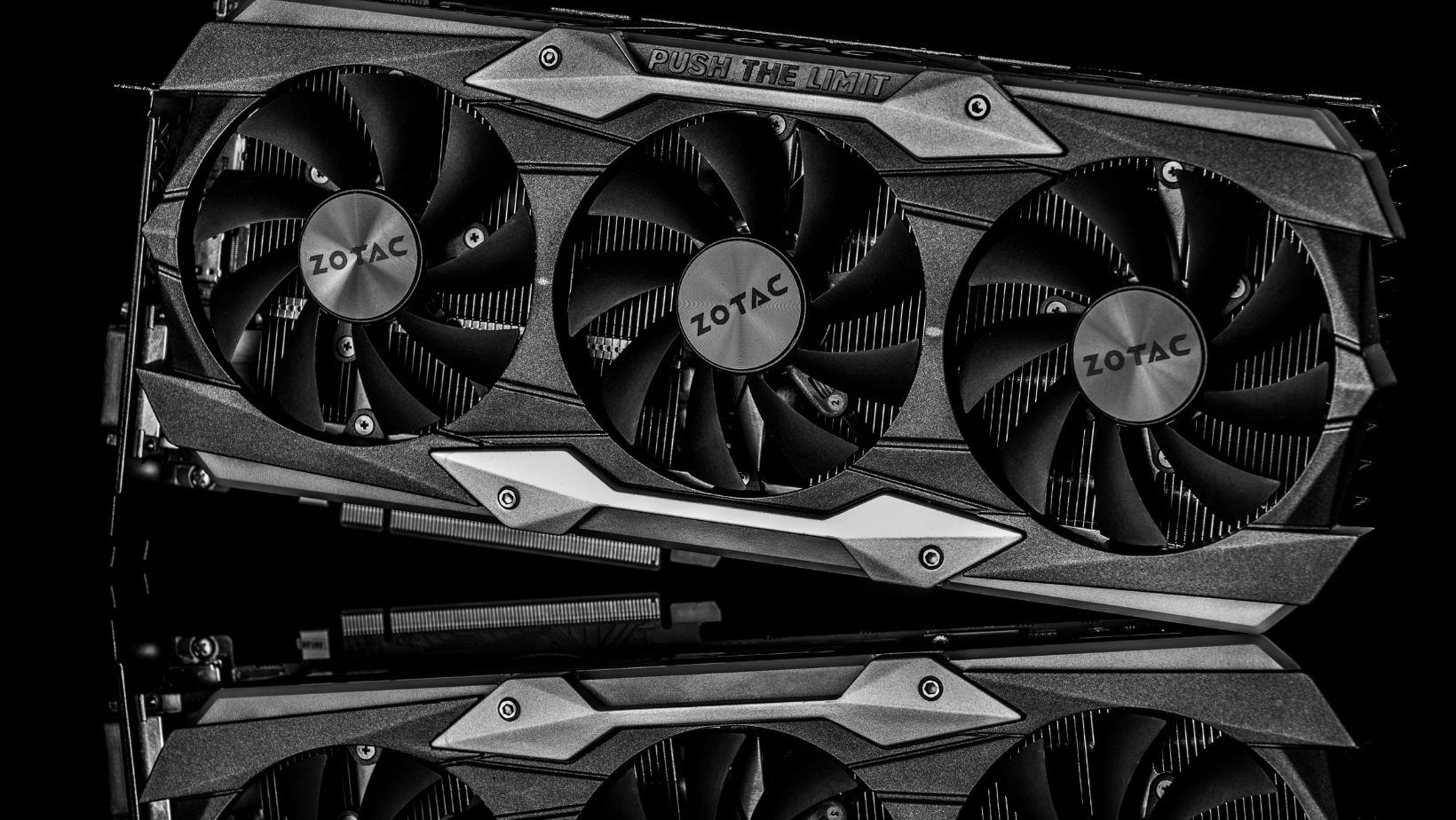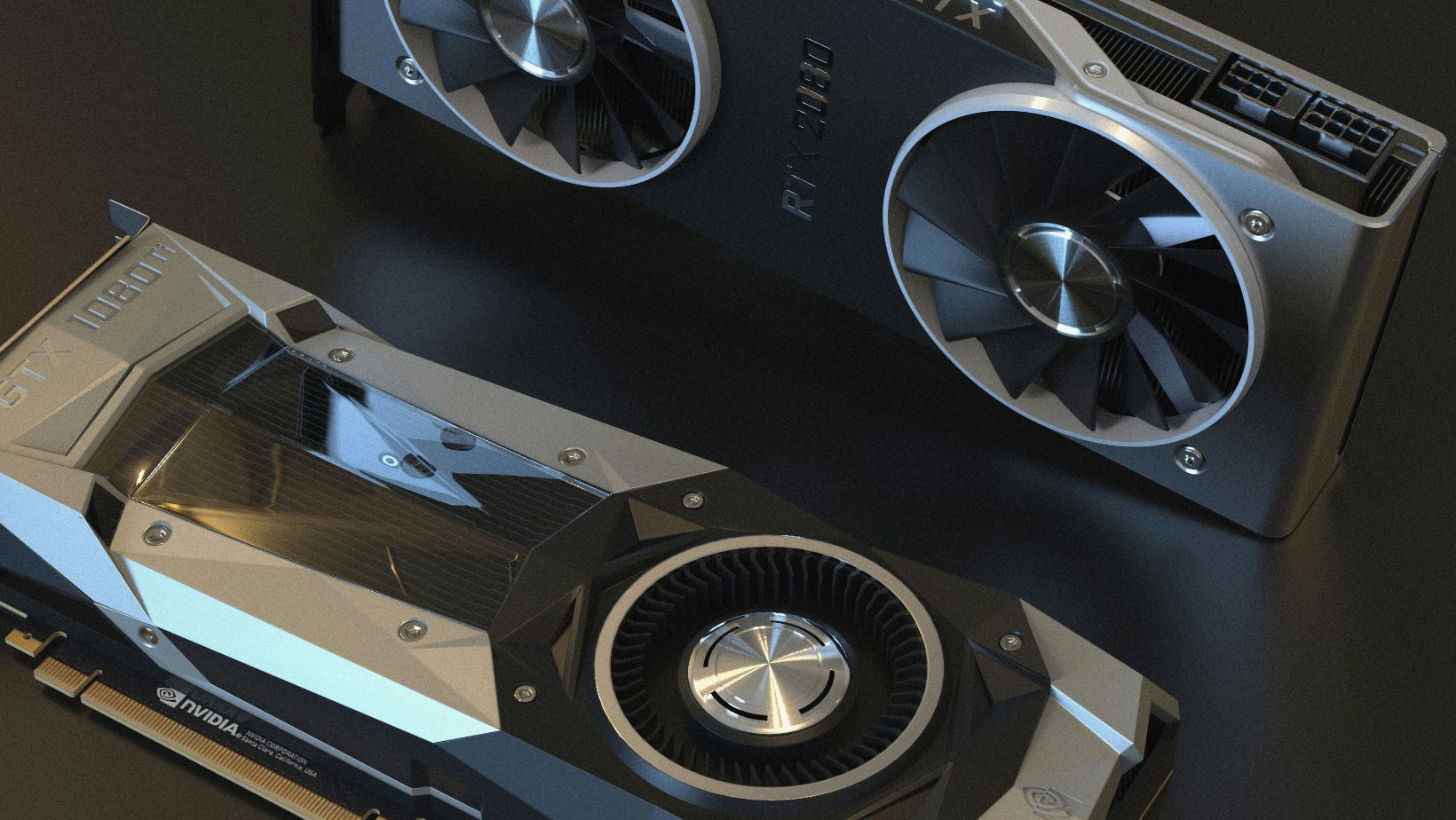Selling a used graphics card is more than just putting it online. Buyers expect proof of condition, stability, and compatibility. Without preparation, you risk low offers or returns. A reliable process starts with benchmarking and stress testing, which document performance and confirm stability. Monitoring temperature and noise levels reveals the card’s health under pressure. A physical inspection of ports, connectors, and PCB helps identify visible defects that affect resale value. Once you have tested thoroughly, you can present accurate results and build buyer trust. This step-by-step approach protects your reputation and improves the final sale price.
Test the GPU Before Listing
Testing your graphics card really well before selling it is a vital step many sellers skip. Your GPU’s performance under load needs verification. This gives buyers solid proof of how well it works.
Use of Benchmarking Tools
Pick your tool and run the benchmark with standard settings. Buyers can easily compare your results with known baselines this way. Your listing should include benchmark score screenshots. This builds trust and helps you sell faster at better prices.

Stress Testing for Stability
Stress tests are different from standard benchmarks. They push your GPU to its absolute limits for longer periods. This shows long-term stability and reveals problems buyers might face later.
Your GPU stress test should:
- Keep your chosen program running for 30-60 minutes straight
- Watch for visual artifacts, flickering, or pulsating colors that might show hardware issues
- Check for unexpected crashes or system shutdowns that point to instability
- Make sure the card keeps performing consistently throughout
Experienced sellers suggest running Heaven or Superposition for at least 30 minutes. This lets the GPU reach its normal operating temperature. The card should run without shutdowns or graphical glitches. Mention this positive result in your listing.
Monitoring Temperature and Noise
Your GPU’s vital signs need tracking during benchmarking and stress testing. Most testing software shows this data in the screen’s upper-right corner. These key metrics matter most: Temperature tells you the most about your GPU’s health. Reference-style cooler cards usually hit up to 84°C under load. Cards with premium cooling might stay in the 60s or 70s. Temperatures above 90°C consistently point to cooling problems. Fix these issues or tell buyers about them.
Fan noise matters too, though it’s harder to measure exactly. Listen for weird sounds like grinding, clicking, or loud whirring that might mean bearing problems. A short video with sound during testing shows buyers everything works normally.
Put all your findings in the listing description after testing. Include benchmark scores, temperature readings, and performance notes. This shows buyers you’re trustworthy and gives them confidence to buy your used GPU.
Check for Compatibility and Functionality
A physical inspection of your GPU is just as important as performance testing. You need to check if your graphics card meets all compatibility requirements before listing it for sale. A GPU might perform well but damaged ports or connectors can disappoint buyers and cause returns. This check will make sure the card works properly in the buyer’s system.
Inspect Ports and Connectors
Your GPU’s connectivity options will affect its value and how people can use it. Start by finding all ports on your graphics card. You’ll usually see DisplayPort, HDMI, DVI, and sometimes VGA on older models. Each port has a distinctive shape and sometimes color coding that makes them easy to spot.
Take a good look at each connector and check for damage:
- Watch for bent pins or misaligned connectors that could block connections
- See if ports are loose or move when touched
- Look for discoloration or corrosion around metal contacts
- Check if the plastic housing around ports has any cracks
A single damaged port can make it unusable and lower your GPU’s value. Ports should connect smoothly but stay firm with their cables. Use compressed air to clean dust from port openings. Never put metal tools into connectors – you could cause permanent damage.
Verify Display Output
After checking the physical condition, make sure each port works. This test is different from performance testing because it focuses on connectivity rather than graphics processing power.
Here’s how to check if all outputs work:
- Hook up your GPU to different monitors using each port
- Test ports one at a time if you only have one monitor
- Make sure your system sees each display at its native resolution
- Test different refresh rates if your card supports them
If you run into connection problems, rule out other causes first. Try different cables and monitors if you can. This helps you figure out if the GPU or other equipment is causing issues.
Linux users can use built-in tools like xrandr while Windows users can check Device Manager to see if the system finds all outputs. Keep track of which ports work – buyers will appreciate this information.

Check for Physical Damage
The physical check of your GPU is vital, but many sellers skip it. Look at the PCB (printed circuit board) first. Check for cracks, burns, or bulging parts. These signs often mean the card overheated or had electrical problems.
The GPU die needs special attention – it’s the exposed chip you see after taking off the heatsink. Look closely at its edges and corners. They usually show damage first with tiny cracks or dents that could hurt performance. Also check if any small components are missing from the PCB as this could stop the card from working.
Take a close look at the heatsink and fan assembly:
- Turn each fan by hand to check if it spins smoothly
- Listen for grinding or clicking sounds that mean bad bearings
- Check the heatsink for discoloration that shows past overheating
- Look for damaged fan blades that could cause shaking or noise
The PCIe connector at the bottom of your card needs to be perfect. This gold-plated connection should have no scratches, corrosion, or bent pins to work properly with the motherboard.
Being honest about any issues in your listing builds trust. Take photos of even small cosmetic damage and mention it. Yes, it is true that being upfront about the card’s condition often helps sell faster. Buyers trust sellers who really check their hardware before selling it.
Choose the Right Platform to Sell Your GPU
Your final payout and selling experience depend heavily on where you choose to sell your GPU. Each platform has its own sweet spots based on what matters most to you, quick sales, maximum money, or something in between.
eBay vs Reddit VS Facebook Marketplace
eBay remains the go-to choice for selling used GPUs with its huge pool of potential buyers. This 20+ years old marketplace usually gets you higher prices than other platforms. You’ll find a well-laid-out selling process with protections for both buyers and sellers. Notwithstanding that, you should expect fees to cut into what you make.
Reddit offers a different way to sell through its hardware swap communities. You connect straight to tech enthusiasts who usually know GPU values better. The platform has fewer fees, but you need more alertness against scams and must follow community guidelines carefully.
Facebook Marketplace shines at local deals by connecting you with nearby buyers. Prices here run lower than eBay, by a lot in some cases. Here’s how to stay safe when meeting buyers:
- Pick public spots for meetups
- Take someone along
- Meet during daylight
- Listen to your gut if something seems off
Pros and Cons of Local VS Online
Local sales take away shipping headaches and get you paid right away. Meeting face-to-face lets buyers check the GPU themselves, which cuts down on disputes later. The downside? Your local market has nowhere near as many buyers, so you might have to settle for less money.
Online sales reach buyers across the country or world and ended up getting better prices from eager buyers. The trade-off comes with shipping risks, payment delays, and platform fees that can take 10-15% of your sale on some sites.
When to Consider ITAD Services
ITAD (Information Technology Asset Disposition) companies give you a straightforward way to sell. These services buy used tech directly, making them perfect if you want hassle-free sales over top dollar.
Here’s how ITAD works:
- Submit your GPU details for a quick quote
- Get prepaid shipping materials
- Ship your hardware
- Receive payment after they check everything
Some services usually pay for shipping, which saves you money. On top of that, they handle data security, especially helpful when selling business-grade hardware that might have sensitive data. ITAD services work best for sellers who want guaranteed, quick money instead of possibly higher returns from listing it themselves.
Conclusion
A graphics card sale that inspires buyer confidence begins with solid evidence. Benchmark scores, stress test results, and detailed photos separate professional listings from careless ones. Buyers respond well when a seller shares temperature logs, port functionality checks, and honest descriptions of cosmetic flaws. Choosing the right sales channel then determines how quickly and profitably the card moves. Local meetups emphasize speed and convenience. Online marketplaces widen exposure but bring fees. ITAD services provide simple, guaranteed transactions. By combining accurate testing with smart platform choice, you position your GPU listing to achieve faster sales and stronger returns.


